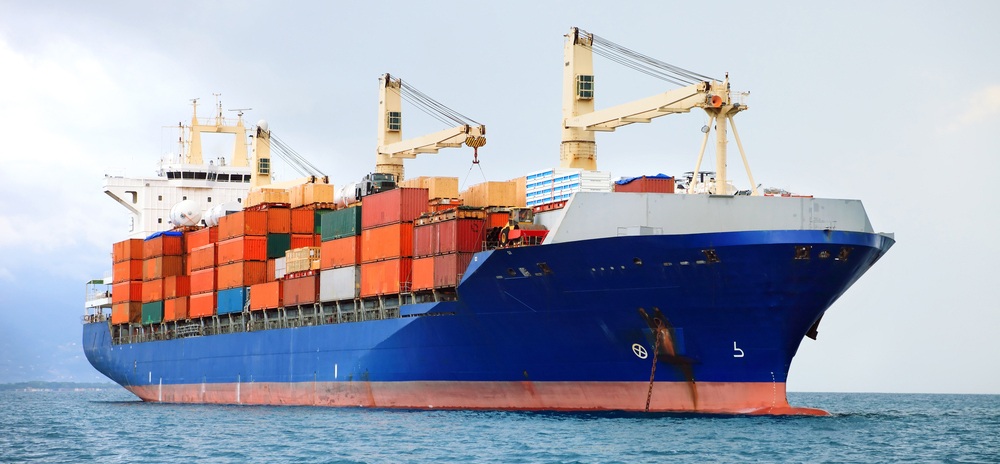Introduction
Over the past few years, the construction sector has been seeking new methods of building more sustainably. The most viable solution at this time is the use of sea cans or shipping containers as construction materials. Sea cans are highly durable, modular, and inexpensive containers that have numerous environmental advantages that make them a desirable means of sustainable building. From saving resources and reducing waste to decreasing carbon footprints, sea cans offer an innovative means of solving the problems of contemporary construction while encouraging environmentally friendly practices. In this essay, five important reasons why construction with sea cans is a sustainable option are discussed.
- Minimising Construction Waste
One of the most critical environmental issues in building construction is the waste created in the construction process. Classic building techniques mean that materials need to be cut to fit, which creates an immense amount of leftover waste. Sea cans are prefabricated structures that can only be changed a little to suit their function, so far less waste is generated. With recycling of the containers, contractors avoid them going into scrap metal waste and directly cut down on landfill waste as well as ensure a circular economy.
- Conservation of Natural Resources
Use of sea cans in construction conserves natural resources such as wood, rocks, and other raw materials traditionally used in traditional buildings. Considering deforestation and depletion of resources as a global concern, the use of reusable shipping containers is a cleaner alternative. With recycled steel containers, construction experts minimise the demand for new materials and, in the process, lower the environmental impact of resource processing and extractions. The process supports sustainability programs by minimising virgin material reliance and promoting effective use of existing resources.
- Minimizing Carbon Footprint
The use of the conventional building materials methodology is disadvantageous since it involves the consumption of a lot of energy, for instance, through mining of raw materials and transportation. Sea cans are environmentally friendly since they incorporate buildings that may already be available. Feasibility: Shipping containers are built and are already available and can therefore be used over and over without having to be manufactured. Also, sea cans can be designed to rely on solar power, rainwater, and adequate insulation making their impact on the environment even lesser.
- Enhancing Durability and Longevity
There are several benefits that come with using sea cans in construction; one of which is that sea cans are very much strong. Sea cans are made to be very strong due to the extreme weather conditions experienced at the sea, in addition to being proof against rodents and fire. From this point of view sea cans also stay longer therefore having lesser rates of replacement and maintenance in their life span, which again also saves more materials and minimize the emissions, which are by way of maintenance. This is in the long-term in the provision of sustainable resources and therefore making them suitable in the promotion of environmentally friendly construction.
- Promoting Modular and Flexible Construction
Sea can construction is very flexible and can easily be applied in any construction project, be it houses, offices, pop-up shops, and emergency accommodation. Due to their modularity, they are easily scalable, can be easily repositioned, and need very little demolition and reconstruction. This provided that the building can transform to fit the current needs, it is fully used thereby cutting down on wastage. Altogether, sea cans have the ability to be stacked and clustered in a way that allows to create multilevel construction and occupy minimum area of the territory.
Conclusion
Sea can construction presents a compelling case for green building. With the avoidance of construction waste, preservation of natural resources, lower carbon footprints, enhanced durability, and versatile design, these repurposed shipping containers present an eco-friendly option to traditional construction methods. Since with the growing pressure of environmental demand, embracing the construction of sea can can play the role to offset environmental conditions along with addressing the needs of modern building construction. Through embedding such innovative mechanisms, the industry can strive toward a greener and more sustainable future.









